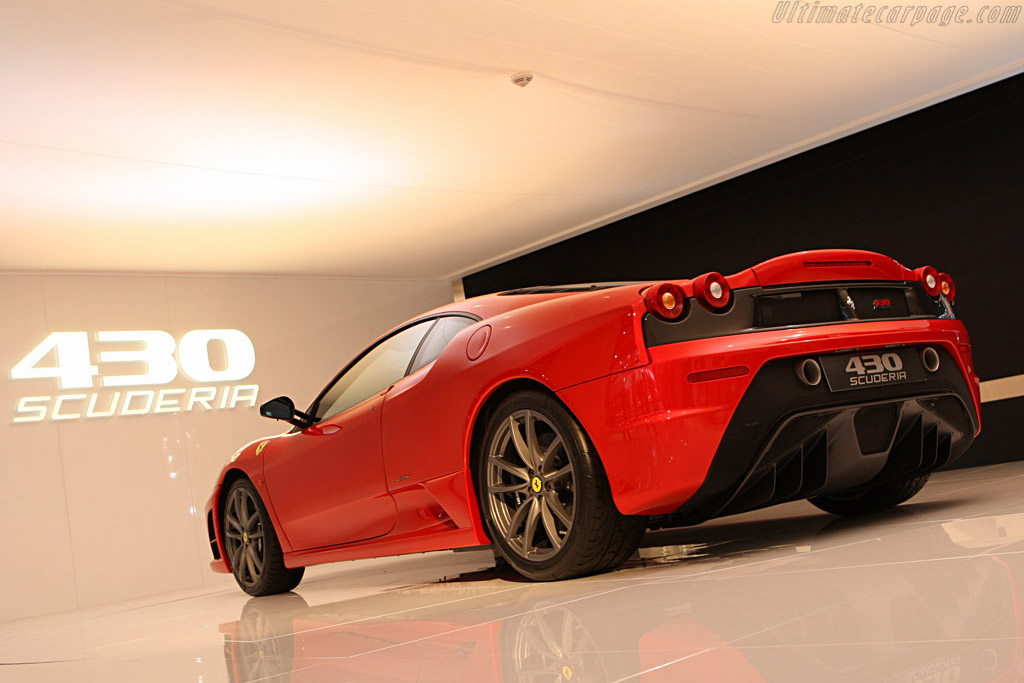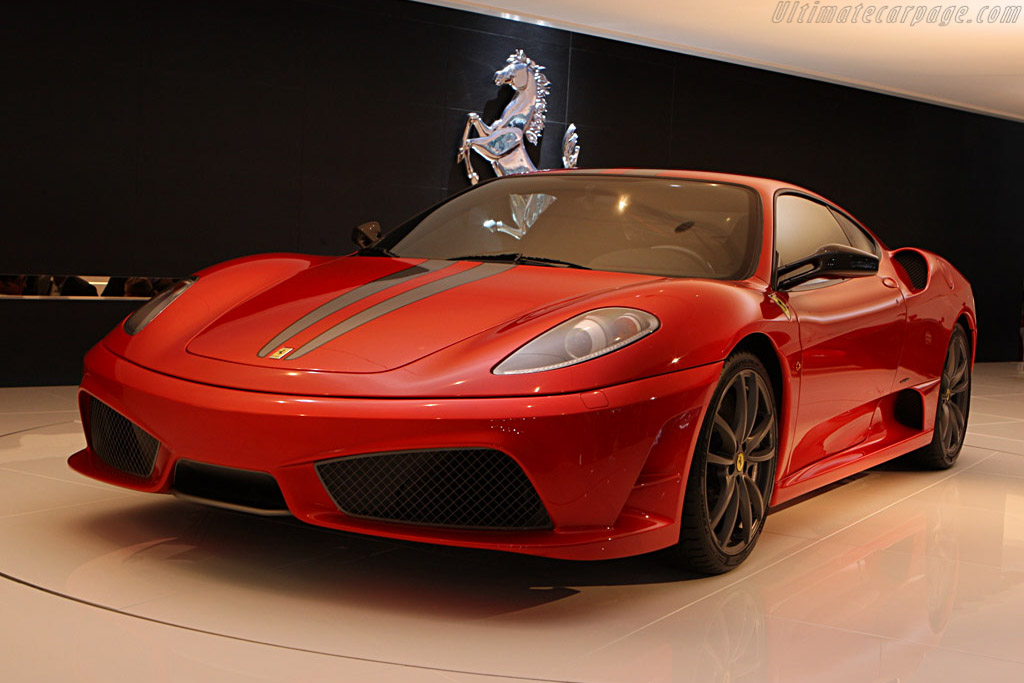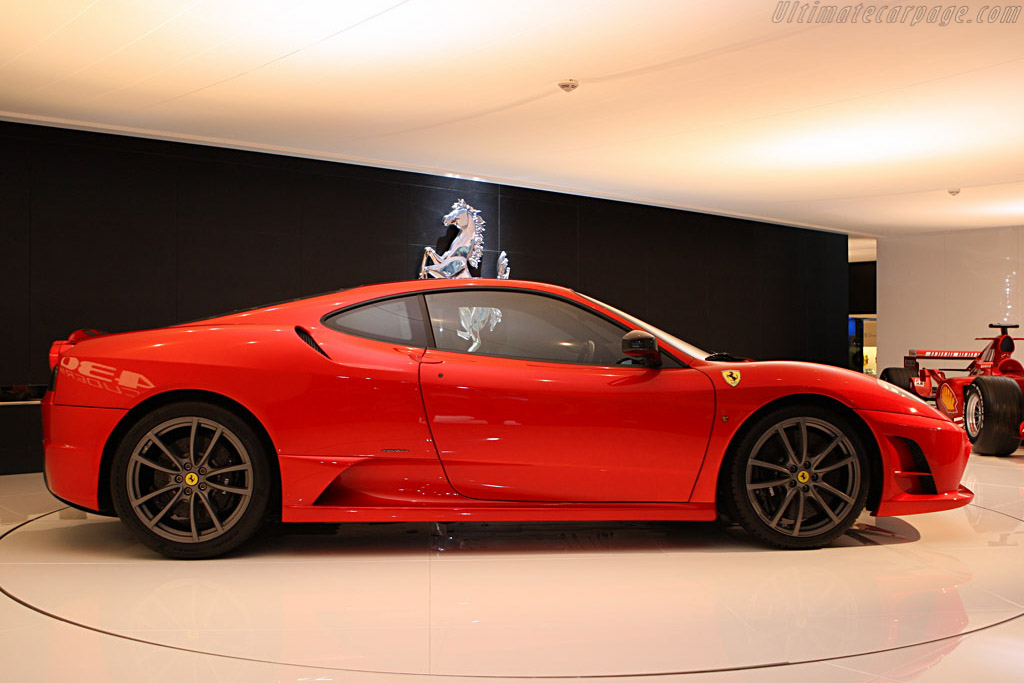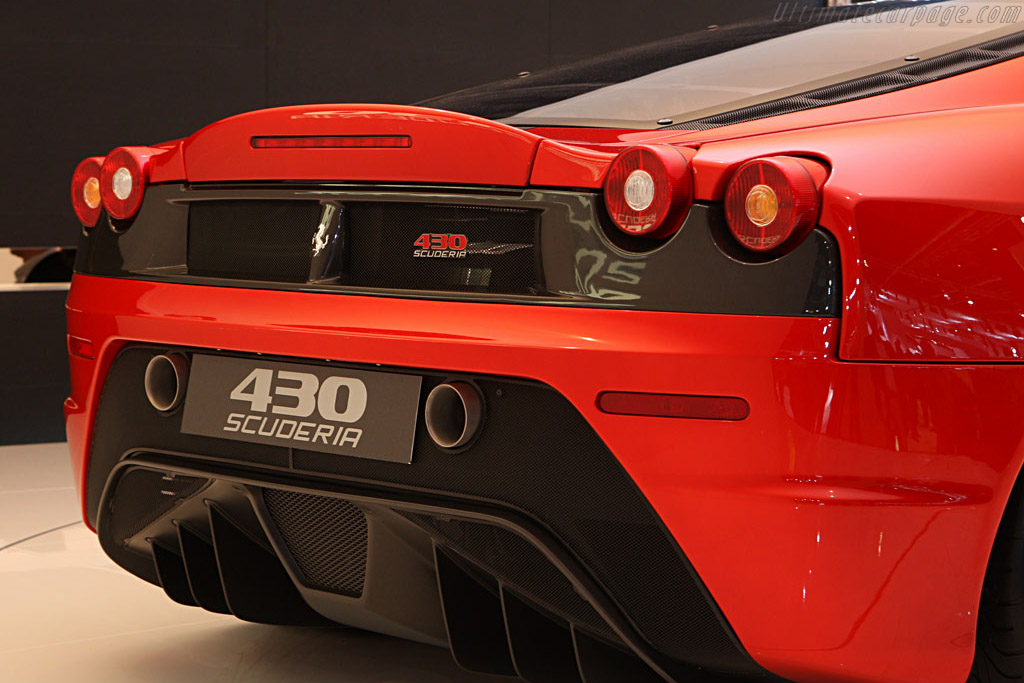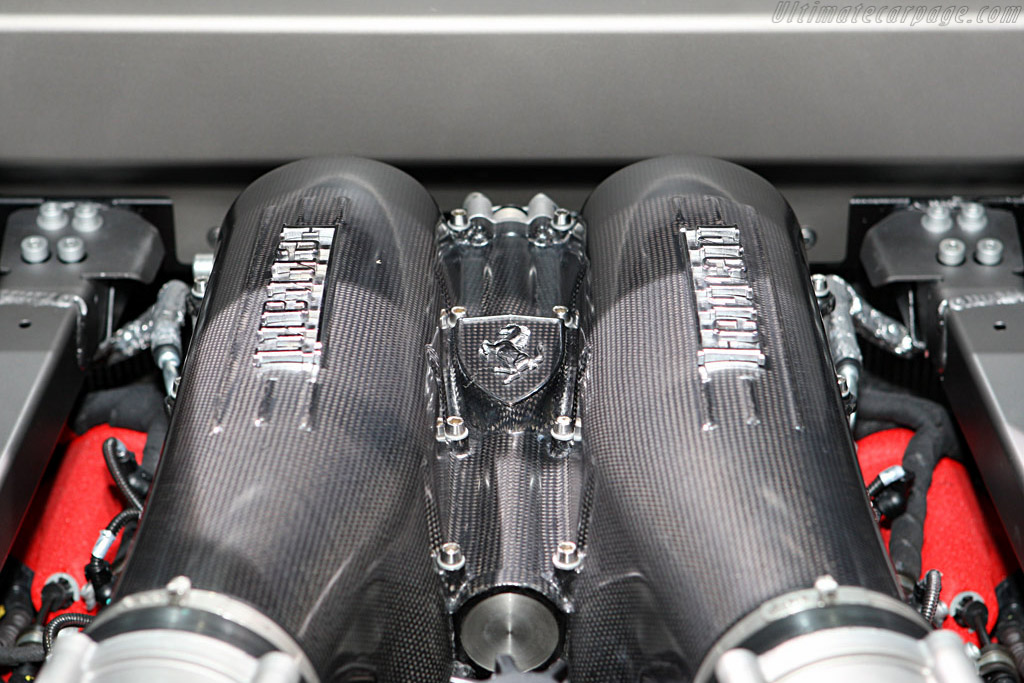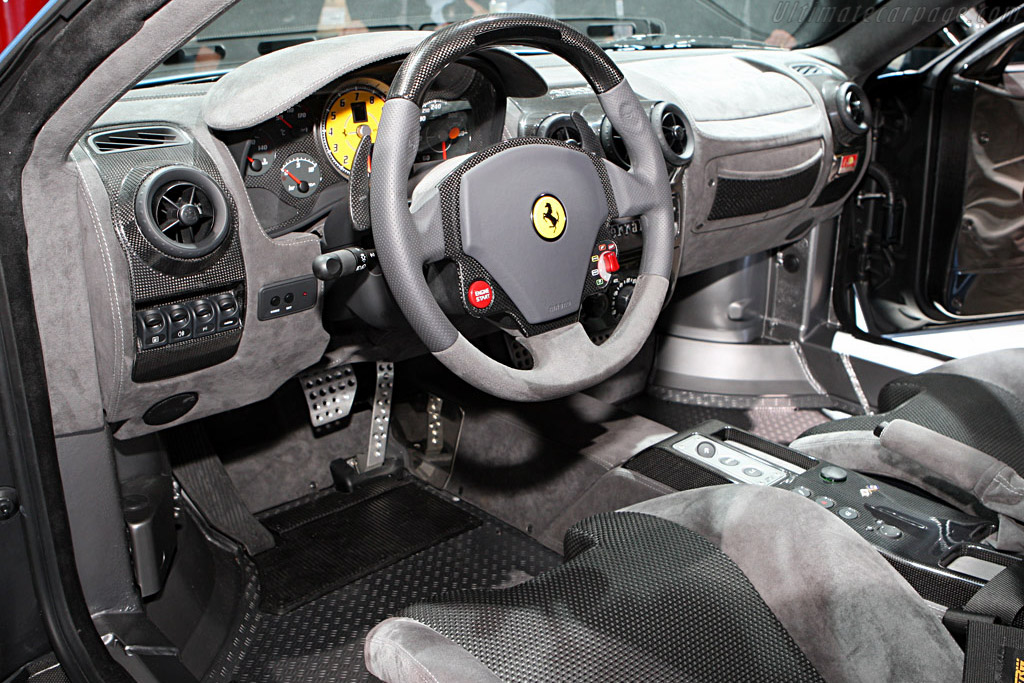benjabulle wrote: Aerodynamic is also well improved, 6 vanes at the rear diffuser instead of 4, a different shape for the diffuser also ? You can quote the more agressive front with small splitters in front of the cooling intakes.
Regarding the diffuser, it has evolved since it's appearance on the F430 Berlinetta. Much of the car's overall design has undegone significant changes throughout the model's current life span.
But the diffuser went from 4 vanes to 6 on the Scuderia version. I don't know how to explain this in a more "professional" way at the moment, but the vanes do not go all the way to the top of the actual diffuser, they now slant a bit downwards and only the most inner-one reaches the top.
Here is the F430 Berlinetta's diffuser for comparison.

And the F430 Scuderia does without the quad-exhaust, it has gone down to a centrally located dual-exhaust.
Nice link BTW. Very good shots. And if the Scuderia was present there, then maybe that is where they shot the footage of it for Ferrari's official site's.

Are you located in France?

